
Savoy opera was a style of comic opera that developed in Victorian England in the late 19th century, with W. S. Gilbert and Arthur Sullivan as the original and most successful practitioners. The name is derived from the Savoy Theatre, which impresario Richard D'Oyly Carte built to house the Gilbert and Sullivan pieces, and later those by other composer–librettist teams. The great bulk of the non-G&S Savoy Operas either failed to achieve a foothold in the standard repertory, or have faded over the years, leaving the term "Savoy Opera" as practically synonymous with Gilbert and Sullivan. The Savoy operas were seminal influences on the creation of the modern musical.

Sir Henry Lytton was an English actor and singer who was the leading exponent of the starring comic patter-baritone roles in Gilbert and Sullivan operas from 1909 to 1934. He also starred in musical comedies. His career with the D'Oyly Carte Opera Company spanned 50 years, and he is the only performer ever knighted for achievements in Gilbert and Sullivan roles.

Rosina Brandram was an English opera singer and actress primarily known for creating many of the contralto roles in the Savoy operas with the D'Oyly Carte Opera Company.

Walter Henry Passmore was an English singer and actor best known as the first successor to George Grossmith in the comic baritone roles in Gilbert and Sullivan operas with the D'Oyly Carte Opera Company.
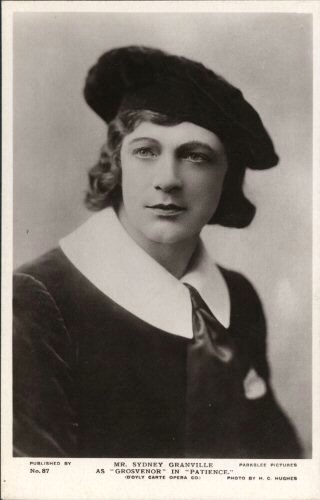
Sydney Granville was an English singer and actor, best known for his performances in the Savoy Operas with the D'Oyly Carte Opera Company.

Leo Sheffield, born Arthur Leo Wilson, was an English singer and actor best known for his performances in baritone roles of the Savoy Operas with the D'Oyly Carte Opera Company.
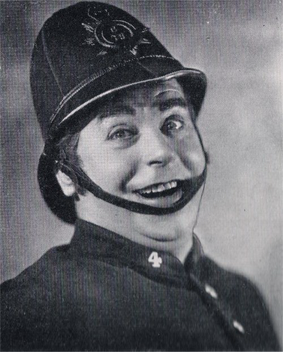
Richard Walker, was an English opera singer and actor, best known for his performances in the baritone roles of the Savoy Operas with the D'Oyly Carte Opera Company. Between 1932 and 1939 Walker was married to D'Oyly Carte chorister Ena Martin. He married the company's principal soprano Helen Roberts in 1944.

Ann Drummond-Grant was a British singer and actress, best known for her performances in contralto roles of the Gilbert and Sullivan operas with the D'Oyly Carte Opera Company.

Leonard Osborn was an English opera singer and actor, best known for his portrayal of the tenor roles in the Savoy Operas with the D'Oyly Carte Opera Company. An accomplished actor and dancer, he later became a stage director for the company.

Winifred Lawson was an English opera and concert singer in the first half of the 20th century. She is particularly remembered for her performances in the soprano roles in the Gilbert and Sullivan operas as a member of the D'Oyly Carte Opera Company between 1922 and 1932.

Charles Kenningham was an English opera singer and actor best remembered for his roles in the 1890s with the D'Oyly Carte Opera Company.

Hugh Enes Blackmore was a British opera and concert singer and actor. Known as the "Iron-Throated Tenor", he is best remembered for his performances of tenor roles with the D'Oyly Carte Opera Company. His career with D'Oyly Carte spanned almost 30 years, ending with a season as the company's stage manager. He was later a teacher of operatic singing and acting.

John Jones Hewson, credited as Jones Hewson, was a Welsh singer and actor known for his creation and portrayal of baritone roles with the D'Oyly Carte Opera Company from 1894 to 1901.

Sylvia Cecil was an English singer and actress. She began her career in the Gilbert and Sullivan operas with the D'Oyly Carte Opera Company, with whom she performed, off and on, from 1918 until 1937. She also performed in musical theatre, concerts, music hall and variety from 1921, and broadcast on radio. In the 1940s and 1950s she starred in several musicals by Ivor Novello and Noël Coward.

Clara Millington Dow was an English operatic soprano and actress of the early twentieth century. After a concert career, she appeared at the Savoy Theatre in the first repertory seasons of Gilbert and Sullivan operas mounted by the D'Oyly Carte Opera Company in 1906–09, under the direction of the author. She is remembered as one of the last principal sopranos personally trained by W. S. Gilbert at the Savoy. In between engagements with D'Oyly Carte, Dow performed in concerts and operetta. After her retirement from the professional stage, she directed amateur productions of the Savoy Operas until she was in her seventies.

Louie René was an English opera singer and actress best remembered for her performances with the D'Oyly Carte Opera Company in the Gilbert and Sullivan contralto roles at the turn of the 20th century.
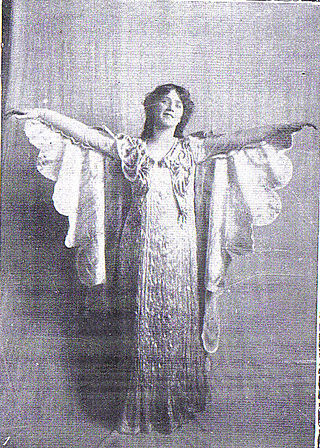
Jessie Kate Rose was an English opera singer and actress primarily known for her performances as principal mezzo-soprano in the Gilbert and Sullivan comic operas with the D'Oyly Carte Opera Company. From 1896 to 1899 she originated several mostly smaller roles in Savoy operas and then continued to play a variety of smaller and larger roles in repertory with the company. She was its principal mezzo-soprano from 1904 to 1909.
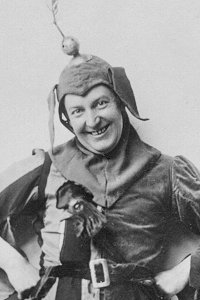
Charles Roby Walenn was an English singer and actor, best known for his performances in the comic baritone roles of the Gilbert and Sullivan operas with touring companies of the D'Oyly Carte Opera Company from 1887 to 1909 and later, off and on through the 1920s, with J. C. Williamson in Australia. Later in his career, he became known for London engagements in the title role of Rev. Spalding in The Private Secretary, which he first played at the Savoy Theatre in 1917, where he had never performed in the Savoy operas.

Jennifer Gay Bishop, known by her stage name Jennifer Toye, was a British operatic soprano best known for performances with the D'Oyly Carte Opera Company in the 1950s and 1960s, including as Josephine in H.M.S. Pinafore, Mabel in The Pirates of Penzance and Yum-Yum in The Mikado. She later performed in musical theatre and opera with other companies.
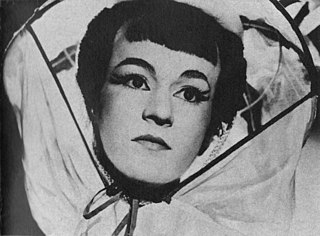
Mary Sansom was an English operatic soprano best known for her performances in principal soprano roles with the D'Oyly Carte Opera Company in the 1950s and 1960s, including as Yum-Yum in The Mikado, Josephine in H.M.S. Pinafore, Phyllis in Iolanthe, the title role in Patience and Gianetta in The Gondoliers. In later years, she performed with Gilbert and Sullivan for All, directed stage productions and established a costume hire business. She also appeared in supporting roles on British television.






























